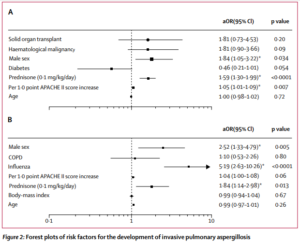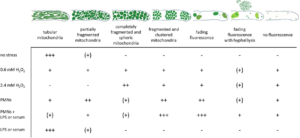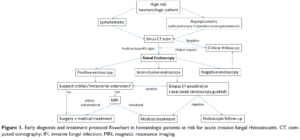Submitted by HLeSueur on 20 November 2015
![]() With antibiotic resistance high up on the government’s agenda, barely a week goes by without another prominent news article on the subject (see this article for this week’s offering). This is obviously an important issue and one that needs tackling. However, it is important to remember that drug resistance is also on the rise for other infective agents such as fungi.
With antibiotic resistance high up on the government’s agenda, barely a week goes by without another prominent news article on the subject (see this article for this week’s offering). This is obviously an important issue and one that needs tackling. However, it is important to remember that drug resistance is also on the rise for other infective agents such as fungi.
In a recent two-day conference in India (conference programme), health experts from the medical microbiology department at PGIMER discussed the rapid rise of antifungal drug resistance over the past two years. They highlighted the fact that increasing numbers of people suffering from common fungal infections such as ringworm are not responding to antifungal drugs.
The problem doesn’t stop with ringworm – resistance to Voriconazole in the treatment of aspergillus is also on the rise. This has been attributed in part, to farmers using antifungals in very large quantities to protect their crops, thus exposing vast numbers of fungi to the antifungal drugs we use to treat infection. This increases the rate of appearance of fungal resistance. And when that same fungus causes infections in humans, it is resistant to treatment.
News archives
-
Title
Date







 ,
, 


